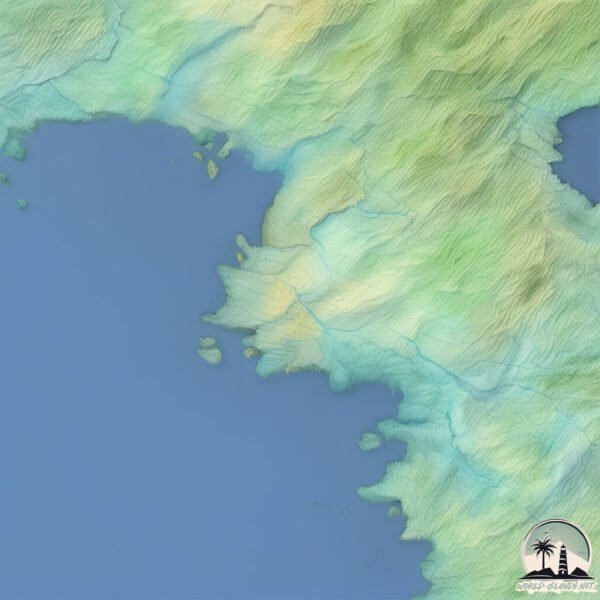Welcome to Chi-do , a Continental island in the Yellow Sea, part of the majestic Pacific Ocean. This guide offers a comprehensive overview of what makes Chi-do unique – from its geography and climate to its population, infrastructure, and beyond. Dive into the details:
Geography and size of Chi-do
Size: 0.583 km²Coastline: 5.6 kmOcean: Pacific OceanSea: Yellow SeaContinent: Asia
Chi-do is a Tiny Island spanning 0.583 km² with a coastline of 5.6 km.
Archipel: –
Tectonic Plate: Eurasia – One of the world’s largest tectonic plates, the Eurasian Plate covers a significant portion of Europe and Asia. It’s characterized by diverse geological features, including the Ural Mountains, the European Plain, and the Himalayas formed from its collision with the Indian Plate.
The geographic heart of the island is pinpointed at these coordinates:
Climate and weather of Chi-do
Climate Zone: ContinentalClimate Details: Monsoon-Influenced Hot-Summer Humid Continental ClimateTemperature: Hot Summer
Climate Characteristics: Hot summers with monsoon rains, contrasting with dry, cold winters. Typical of east Asian continental edges.
Topography and nature of Chi-do
Timezone: UTC+09:00Timezone places: Asia/TokyoMax. Elevation: 32 m Mean Elevation: 6 mVegetation: Evergreen Needleleaf ForestTree Coverage: 0%
The mean elevation is 6 m. The highest elevation on the island reaches approximately 32 meters above sea level. The island is characterized by Plains: Flat, low-lying lands characterized by a maximum elevation of up to 200 meters. On islands, plains are typically coastal lowlands or central flat areas.
Dominating Vegetation: Evergreen Needleleaf Forest
Vegetation: 2 vegetation zones – Low Diversity Island
Infrastructure and Travelling to Chi-do
Does the island have a public airport? no .
Does the island have a major port? no .
The mean population of Chi-do is 127 per km². Chi-do is Moderately Inhabited. The island belongs to South Korea .
Continuing your journey, Sinmi-do is the next notable island, situated merely km away.
Cyclone Chido leaves a trail of devastation on island of Mayotte | DW News
Cyclone Chido has killed hundreds in the French overseas territory of Mayotte. Authorities in Mayotte predict that even thousands ...
Cyclone Chido leaves a trail of devastation on island of Mayotte | DW News
Cyclone Chido has killed hundreds in the French overseas territory of ...
Cyclone Chido has killed hundreds in the French overseas territory of Mayotte. Authorities in Mayotte predict that even thousands ...
Footage shows Indian Ocean island of Mayotte devastated by Cyclone Chido
Cyclone Chido caused widespread devastation as it swept through the ...
Cyclone Chido caused widespread devastation as it swept through the French overseas region of Mayotte on the night of ...
Cyclone Chido: Why was the French island of Mayotte so badly hit?
Close to 1000 people may have been killed after Cyclone Chido hit ...
Close to 1000 people may have been killed after Cyclone Chido hit Mayotte in the Indian Ocean, according to the island's top ...
South Korea is classified as Least developed region: Countries that exhibit the lowest indicators of socioeconomic development, with the lowest Human Development Index ratings. The level of income is Low income.
News – Latest Updates and Headlines from Chi-do
Stay informed with the most recent news and important headlines from Chi-do. Here’s a roundup of the latest developments.
Loading...
Please note: The data used here has been primarily extracted from satellite readings. Deviations from exact values may occur, particularly regarding the height of elevations and population density. Land area and coastline measurements refer to average values at mean high tide.

